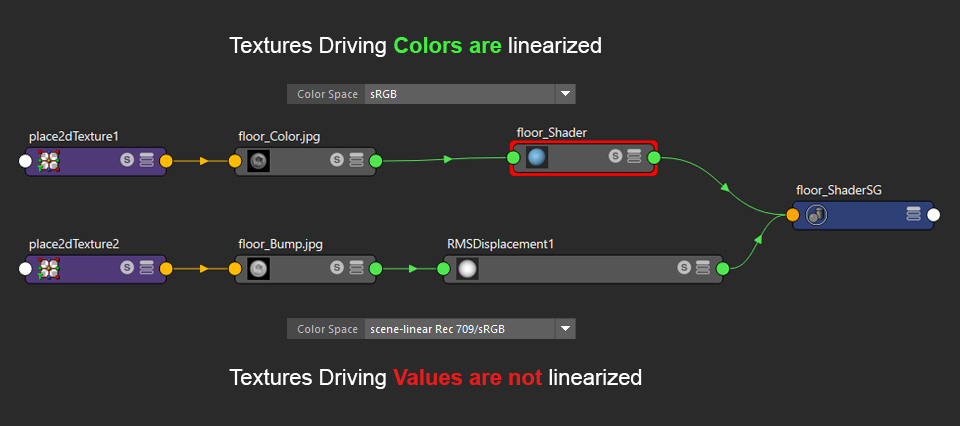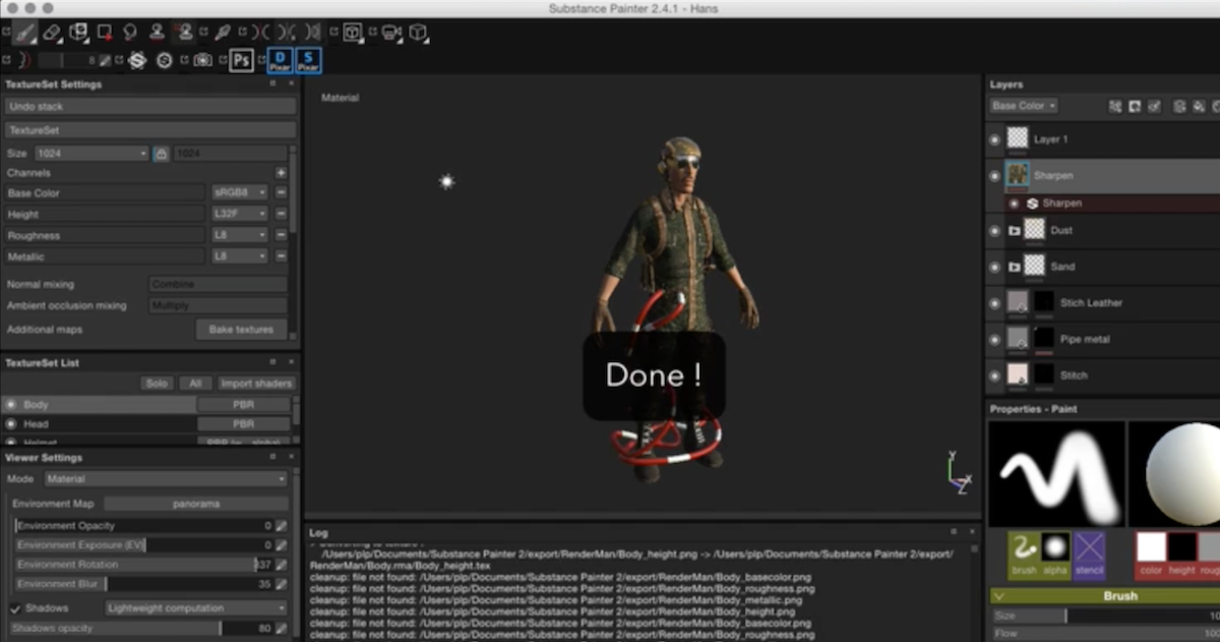
Just remember, if you Rotate the Guides themselves and not their vertices, when you’re done with it, click on Bake Guide Vertices under the Guides menu in the XGen window.

So, place an shape them however you please. XGen needs at least 3 Guides to create a preview. The only option I change, is the Control the Primitives by, which I choose Placing and shaping Guides. Pick a name name for your Description and Collection. Select the plane, and hit Create New Description. This way, we can kinda mimic the head, and give the feeling as if it’s growing from somewhere. Rotate the plane around 30 degrees in X direction (if you’re gonna use front camera as your render cam). Some versions of Maya and rendering engines, have the issue of “Activating the rendering engine plugin before activating the XGen plugin.” So, have an eye on that as well.

Pick your rendering engine at the beginning and do a quick research about its integration with XGen. So, in general, avoid space in all the names when using XGen in your project. For example, no space in the name of the geometry, in the name of the description and collection, and in the address of your project as well. On your geometry, Delete History and Freeze Transforms before going further.įor more complex XGen usages, like using some nodes in Pixar’s Renderman that are used to colorize the hair by a painted map, it’s urgent that you have no spaces in anything related to your project, otherwise it won’t work. Make sure your mesh has UVs, and the UVs are on the first UDIM. Make sure the name of the geometry you’re using as a base for hairs to grow from, is unique. Because you’re gonna have trouble seeing the maps you paint on you geometry. So, for example only use Lambert, Blinn, etc. Make sure you use Maya’s default materials on your geometry (in our case, the planes). Have your project address Set correctly in Maya. General Tips On XGenīefore you jump into XGen, there are several general tips to be aware of:

Then we will render from there, to see what we got, and adjust it eventually to get the look we want. Then assign an appropriate hair shader to my XGen descriptions, and add some lights. I’ll go with 4K, which means -as you know- 4096*4096. Then, go to an orthographic camera, like the front cam, and set the render output resolution to a square size. We’re gonna use a simple plane geometry for every hair group to grow from, and then will hide them in the end. We need thick hair, to create the silhouette and cover most of the head thinner hair for adding breakups and tinier shapes, and finally some thin strand groups and flyaways to add more details to the hair. In short, we need to render out an image like the one below (it still needs some work on it though): But, the good news is I share some tricks as well, which may help you troubleshoot your situation. I have to say though, since it contains a lot of steps, I can only go over important parts. I know, XGen may seem a bit tricky to understand at first glance, but once you’re there, it’s really easy to get the most out of it.

One robust and flexible workflow, is to use Maya’s XGen system. But in general, there are only a few methods in terms of creating the texture sheet. Every artist have their own way of handling them. Game hair has always been an interesting topic to talk about because of all the challenges it produces along the way.


 0 kommentar(er)
0 kommentar(er)
